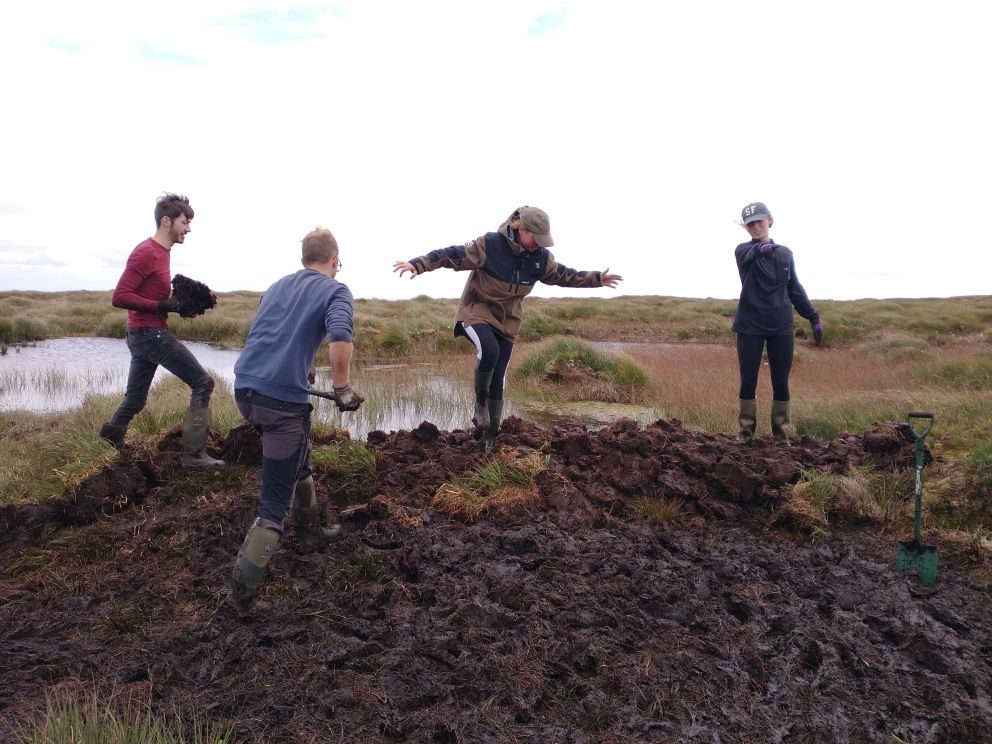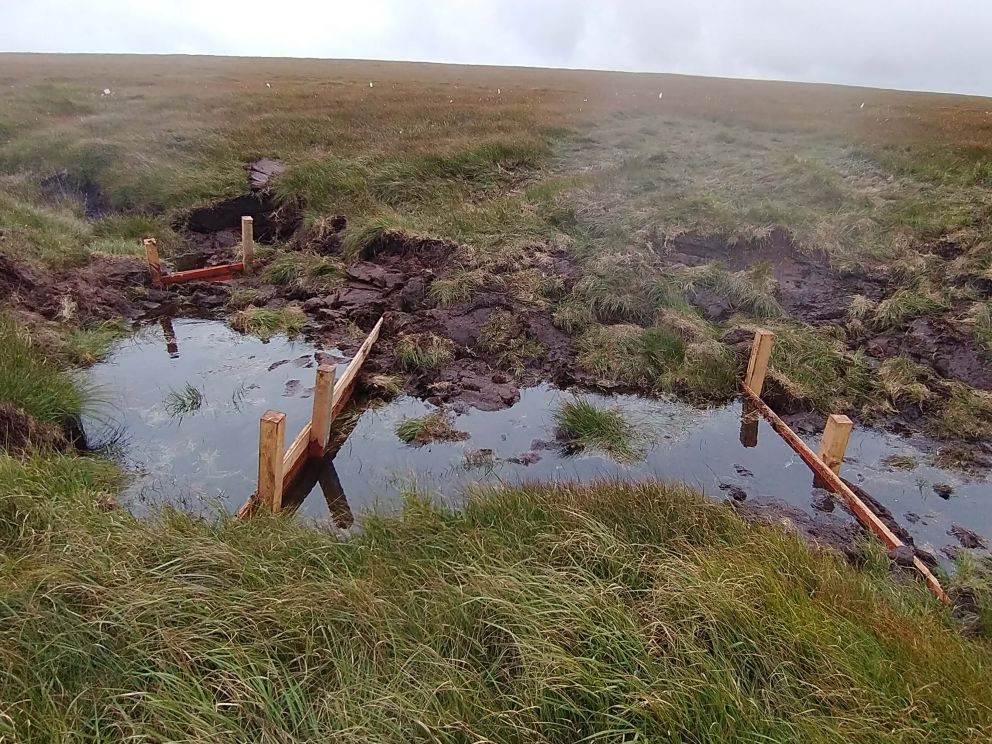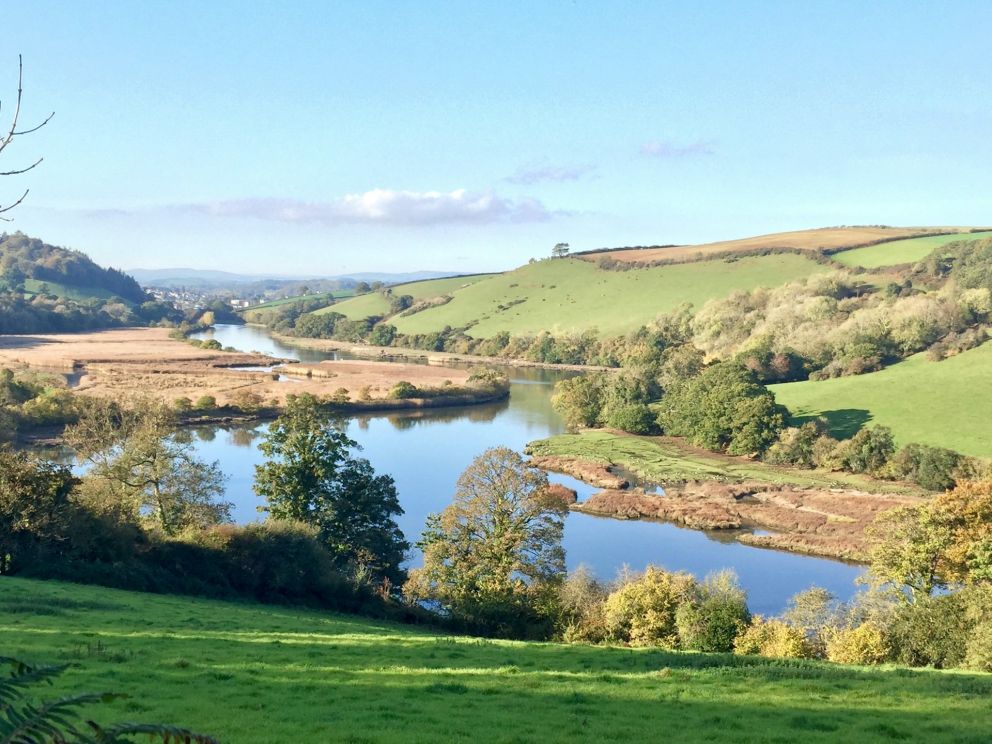Farming
Humans have cultivated the land to produce food for thousands of years and some fortunate wildlife species have been able to exploit the conditions that we created, such as thick hedgerows, stubble fields, hay meadows and scrubby edges. This was especially the case where our farming mimicked conditions provided previously by large herbivores like bison and wild cattle.
As food production has intensified these niches for wildlife have come under pressure and, in many cases, are shrinking. In response, the government’s Environmental Land Management Scheme aims to provide support for the widespread restoration of some of these traditional approaches upon which our farmland wildlife depends. However, at the time of writing this plan, the scheme is under review.
Across the Dart catchment it is essential for landowners and land managers to be able to access good advice on how to achieve nature recovery on their land and how to access whatever funding is available. This sits alongside advice for good soil management, water quality improvements, water storage, flood risk reduction and tree planting.



